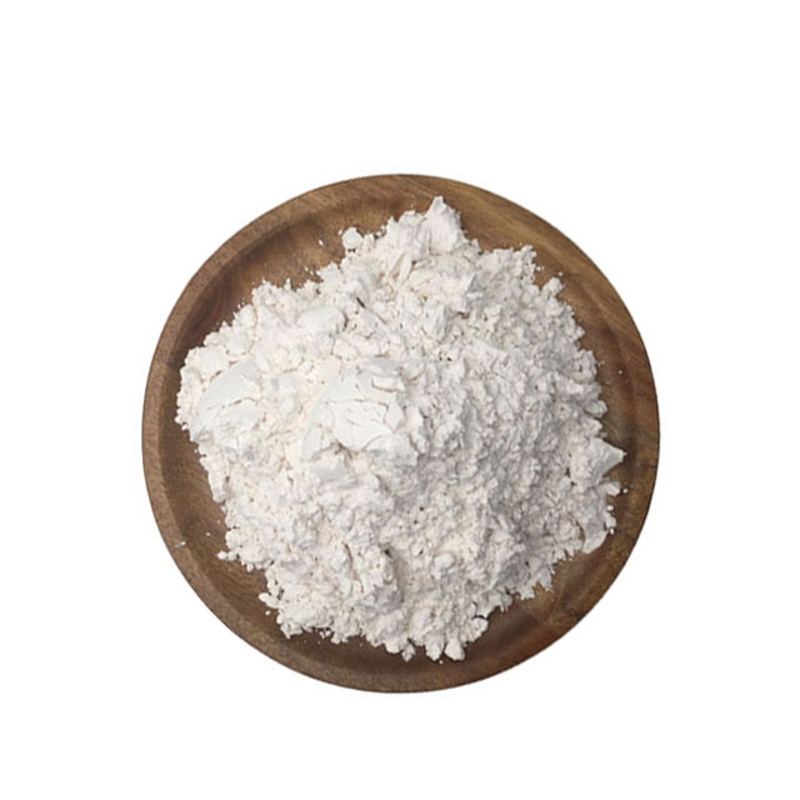-
Categories
-
Pharmaceutical Intermediates
-
Active Pharmaceutical Ingredients
-
Food Additives
- Industrial Coatings
- Agrochemicals
- Dyes and Pigments
- Surfactant
- Flavors and Fragrances
- Chemical Reagents
- Catalyst and Auxiliary
- Natural Products
- Inorganic Chemistry
-
Organic Chemistry
-
Biochemical Engineering
- Analytical Chemistry
- Cosmetic Ingredient
-
Pharmaceutical Intermediates
Promotion
ECHEMI Mall
Wholesale
Weekly Price
Exhibition
News
-
Trade Service
Recently, Alexander G.
Weil et al.
of St.
Justin Hospital affiliated to the University of Montreal in Canada conducted a systematic review and meta-analysis of pHGG-related literature, and clarified the correlation
between tumor resection degree and survival rate in children with pHGG.
The results were published online in the August 2022 issue of JAMA Network Open
.
- Excerpted from the article chapter
【Ref: Hatoum R, et al.
JAMA Netw Open.
2022 Aug 1; 5(8):e2226551.
doi: 10.
1001/jamanetworkopen.
2022.
26551.
】
Research background
High-grade glioma in children (pHGG) is a fatal tumor and one of the leading causes of childhood cancer-related death; The median overall survival (OS) is only 14-20 months
.
The standard treatment for adult HGG is tumor resection within the maximum safe range, combined with postoperative chemoradiotherapy
.
Survival and function improvement in adult HGG patients with total tumor resection (GTR) is better than in patients
with subtotal resection (STR).
The relationship between the degree of tumor resection (EOR) and survival in children with pHGG is unclear
.
Recently, Alexander G.
Weil et al.
of St.
Justin Hospital affiliated to the University of Montreal in Canada conducted a systematic review and meta-analysis of pHGG-related literature, and clarified the correlation
between tumor resection degree and survival rate in children with pHGG.
The results were published online in the August 2022 issue of JAMA Network Open
.
Research methods
The authors collected data from randomized clinical trials and cohort studies related to pHGG in databases such as PubMed, EBMR, Embase, and MEDLINE, and included a total of 37 articles, including 1387 children
with pHGG.
According to tumor location and EOR, the random-effects model and multivariate Cox proportional hazard regression model were used to evaluate the relationship between
EOR and survival in children with pHGG.
Study results
The results of the study found that pHGG patients with tumor GTR had lower mortality at one and two years after surgery compared with children who received tumor STR (RR = 0.
69; 95% CI, 0.
56-0.
83; p< 0.
001; RR = 0.
74; 95% CI, 0.
67-0.
83; p<0.
001).
<b10>
A single meta-analysis of 427 children included in the study found that those with tumor GTR had a longer survival time than those who received tumor STR and biopsy (27.
1 months: 13.
2 months: 14.
0 months; p<0.
001)
。
Multivariate Cox proportional hazards regression model analysis showed that children with STR and biopsy pHGG had shorter overall survival compared with GTR (HR=1.
99; 95%CI, 1.
45-2.
72; p<0.
001; HR=2.
09; 95%CI, 1.
48-2.
95; p<0.
001<b12>).
Conclusion of the study
This meta-analysis suggests that children with pHGG who receive GTR achieve longer overall and progression-free survival than STR and biopsy alone
.
Therefore, in clinical work, the maximum safe resection of pHGG lesions should be pursued to ensure that children with pHGG have better efficacy
.







